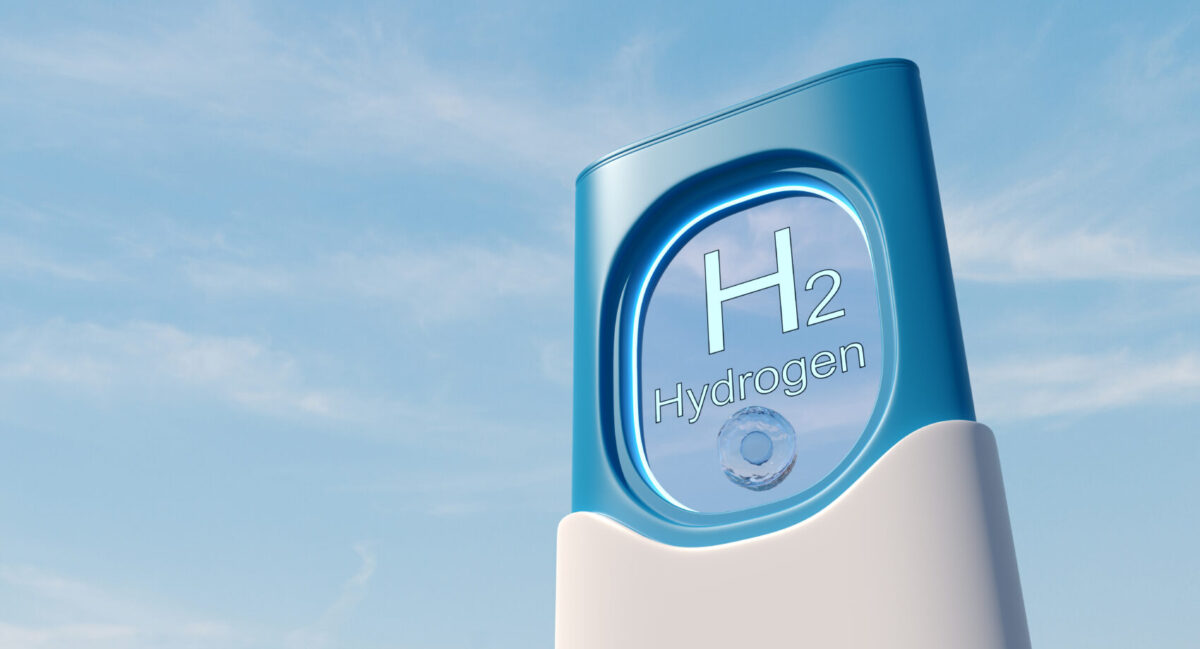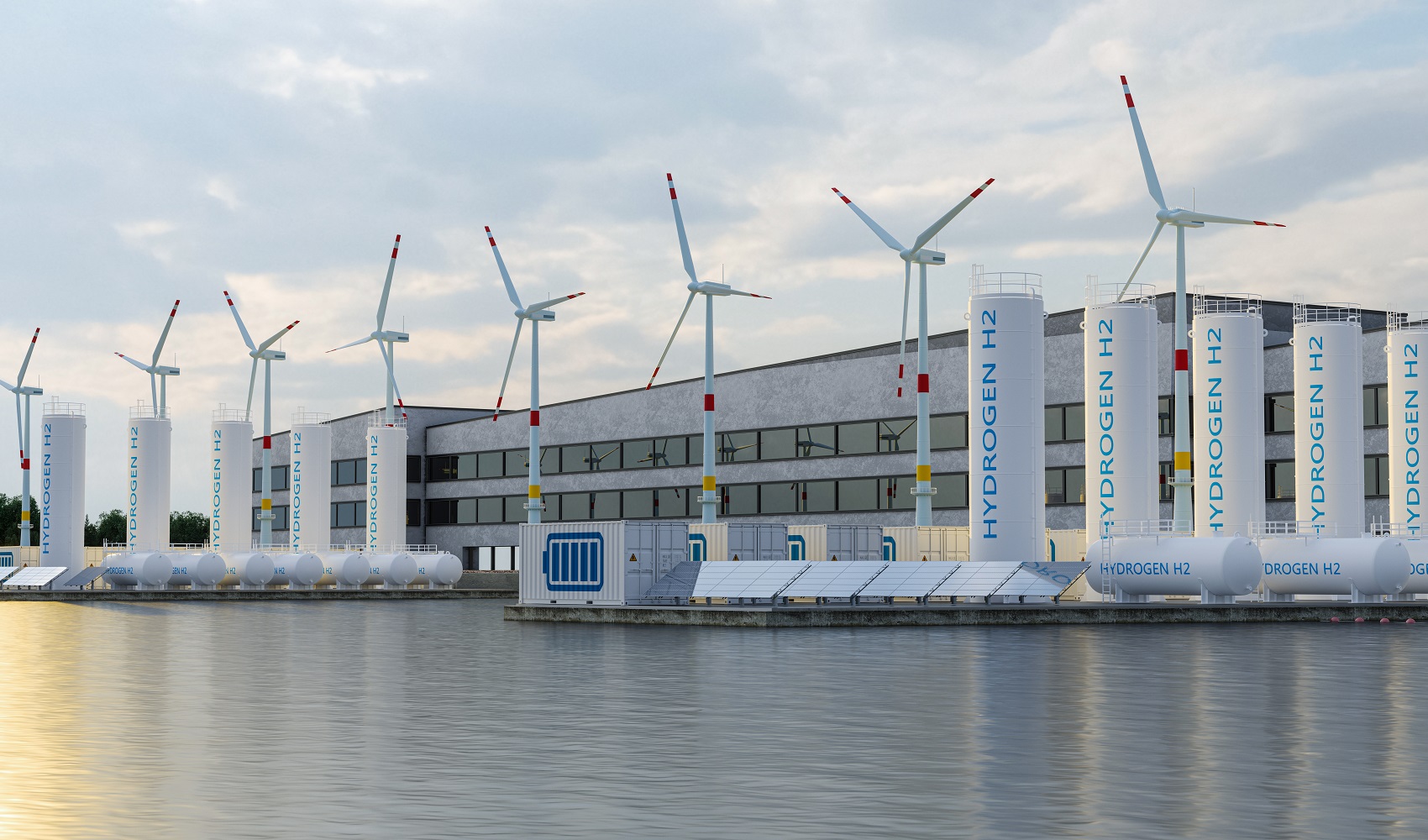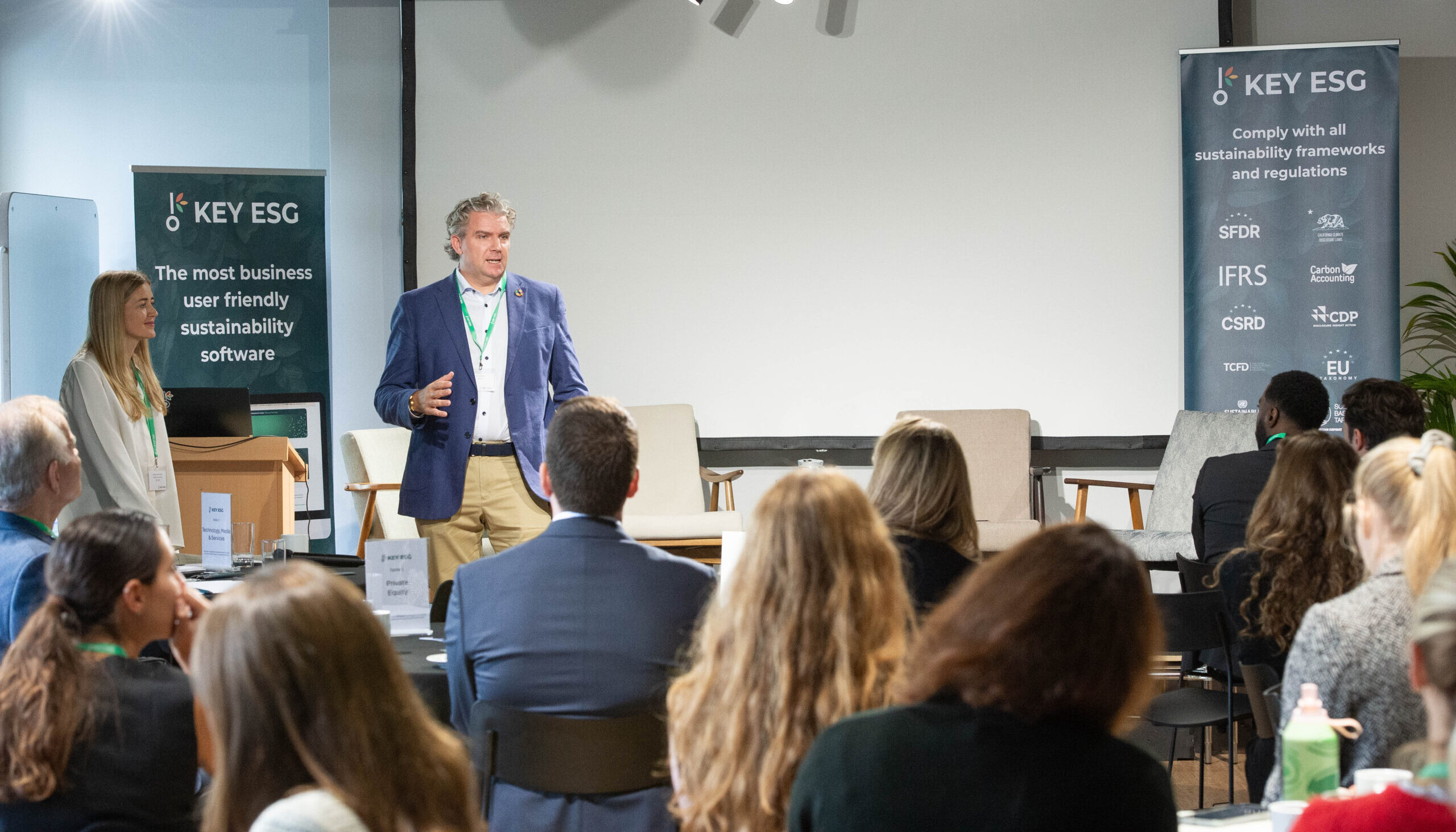Green hydrogen, which is produced from renewable energy sources, is a crucial pillar of India’s strategy to reduce energy import dependence, enhance energy security, and decarbonize key industrial sectors such as steel, petroleum refining, and fertilizers.
The Indian government’s National Green Hydrogen Mission, launched in early 2023, set an ambitious target of 5 million tons (MT) of green hydrogen production in India by 2030. However, over two years down the line, significant challenges persist despite plentiful project announcements and private sector financial commitments, leading to slow execution and raising concerns about meeting this goal.
Production Progress: A Reality Check
According to the International Energy Agency, green hydrogen projects announced in India promise at least 6 MT per annum (MTPA)—20% more than the 5 MTPA target. However, only 220,000 tons per annum (TPA) (4% of the announced capacity) have reached the final investment decision (FID) stage, highlighting the gap between planning and execution.
Capital-intensive projects, such as green hydrogen production, progress through four key stages—concept, feasibility, FID, and implementation, with each stage increasing the probability of realization.
Currently, 13% of announced capacity is in the feasibility stage and beyond, while the rest are still in the concept stage. The slow pace of FID approvals suggests that project promoters are facing barriers related to financing, infrastructure, electricity cost, capital equipment cost, and power availability.
Addressing these bottlenecks will be critical to ensuring that the sector transitions from ambitious announcements to real-world implementation.
Examining the Demand Landscape
Export markets: Increasing competition
Major buyers such as the European Union (EU) and Japan have set ambitious hydrogen demand targets.
The EU has projected a demand of 20 MT by 2030—with 10 MT sourced domestically and 10 MT imported. However, only 5 MT is explicitly tied to the EU’s Renewable Energy Directive III (RED III) targets, which mandates EU industries using hydrogen to replace a significant portion from renewable sources.
To secure a meaningful share of the EU market, India must compete with exporters from the Middle East and North Africa (MENA) region and North America, who have inherent cost advantages. For example, MENA benefits from abundant, low-cost renewables and natural gas, and proximity to Europe, reducing transport costs.
While in North America, the US has significant incentives through the Inflation Reduction Act (IRA), including subsidies and tax credits, making its green and blue hydrogen highly competitive.
MENA and North America’s combined FID-backed hydrogen production projects already total up to 4.8 MT capacity, nearing Europe’s legally binding requirements. The EU itself has 12.5 MT of projects in the feasibility stage and 1 MT hydrogen projects in the FID stage.
With FID-backed projects from the EU, MENA, and North America already aligning with EU demand projections by 2030, India must accelerate project execution and enhance cost competitiveness to secure export market opportunities in the EU.
Japan, another major buyer, has a hydrogen demand target of 12 MT by 2040 but appears to be more inclined toward blue hydrogen in the near term (hydrogen produced from natural gas with carbon capture), where India has limited competitiveness due to a lack of domestic natural gas reserves.
Domestic demand: Can India absorb its own hydrogen?
India’s current hydrogen demand stands at 6 MT per annum, driven primarily by: Refineries: ~3 MT and, Fertilizers: ~3 MT. With grey hydrogen (hydrogen from fossil fuels) priced at USD1.80-2.5/kg in India, green hydrogen remains expensive, at an estimated 2030 price of USD3.80-4/kg, creating a USD1.80/kg average price gap.
Given that the green hydrogen use-cases in the petroleum refining and fertilizer sectors directly affect energy and food prices, it is unlikely that these sectors will be willing to pay the price premium to procure green hydrogen at a large scale.
Policy Support: Is it Sufficient?
The government has allocated USD900 million (Rs ~7,600 crore) in direct subsidies, primarily for hydrogen production and electrolyser manufacturing. However, this support could enable only 500 ktpa of green hydrogen production, if we account for the price difference of USD1.8-USD2/kg between grey and green hydrogen, and assume incentives will be effectively allocated.
To improve policy effectiveness, the following additional measures are needed:
- Long-term purchase agreements to reduce investment risks
- Well-timed implementation of hydrogen purchase obligations
- Accelerated price discovery mechanisms, such as Solar Energy Corporation of India’s (SECI) green ammonia procurement tenders
- Reduction of project development costs for renewable energy projects to lower electricity costs for electrolysis
- Investment in storage and transport infrastructure to ensure the availability of hydrogen at scale
What needs to change from a policy standpoint to:
- Stimulate domestic demand: Mechanisms such as blending mandates for refineries and fertilizers, and green hydrogen purchase obligations, can create a stable market for producers. However, since these sectors are price-sensitive, policies must be developed to minimize adverse economic impacts. Additionally, pilot projects conceptualized for steelmaking and heavy-duty transport, can be expanded for other use cases such as green chemicals and long-duration energy storage.
- Accelerate FID for projects: With India’s low FID rate, targeted interventions such as viability gap funding and Paris Agreement Article 6.2 mechanisms (allowing international carbon credit trading) could incentivize project developers to achieve FID.
- Bridge cost gap: Accelerate the price discovery process with the existing tenders with SECI and Oil Marketing Companies, and identify the price gap. Support in the form of subsidies, tax incentives, support for project scale-ups, and blended finance models could help reduce the price gap between green and grey hydrogen, making it viable for domestic consumption.
- Support indigenous innovation: Commercialize hydrogen-related R&D through Centres of Excellence, Hydrogen Innovation Valleys, and technology accelerators. The country’s robust startup ecosystem can drive advancements in electrolysis efficiency, hydrogen storage, and transport solutions, and reduce overall costs.
The Way Forward
India’s green hydrogen plans are ambitious, but execution remains a major challenge. While the announced capacity is promising, translating these projects into financially backed implementations will determine success.
To close the gap between ambition and reality, India must focus on de-risking investments, improving cost competitiveness, and creating stable demand. The global hydrogen race is intensifying, and India risks falling behind without urgent, decisive action.
With stronger policy frameworks, financial incentives, and strategic demand creation, India can position itself as a key player in the global hydrogen economy. The next few years will be critical in shaping India’s role in the future of green hydrogen.
This article first appeared in Hydrogen India Newsletter, July 2025 Vol II, Issue 3
Vipul Kumar
Programme Lead, Energy Leap
& Manager Director India, Xynteo
Varun Desai
Manager, Xynteo
Bhaskar Jha
Consultant, Xynteo
For further information, follow us on social media (LinkedIn I Twitter), or Contact Us to find out how we can help your leaders and organisation create people and planet-positive impact.



